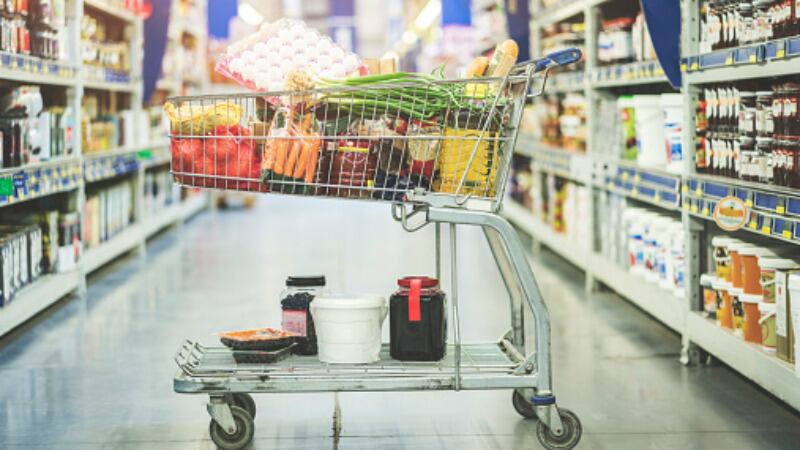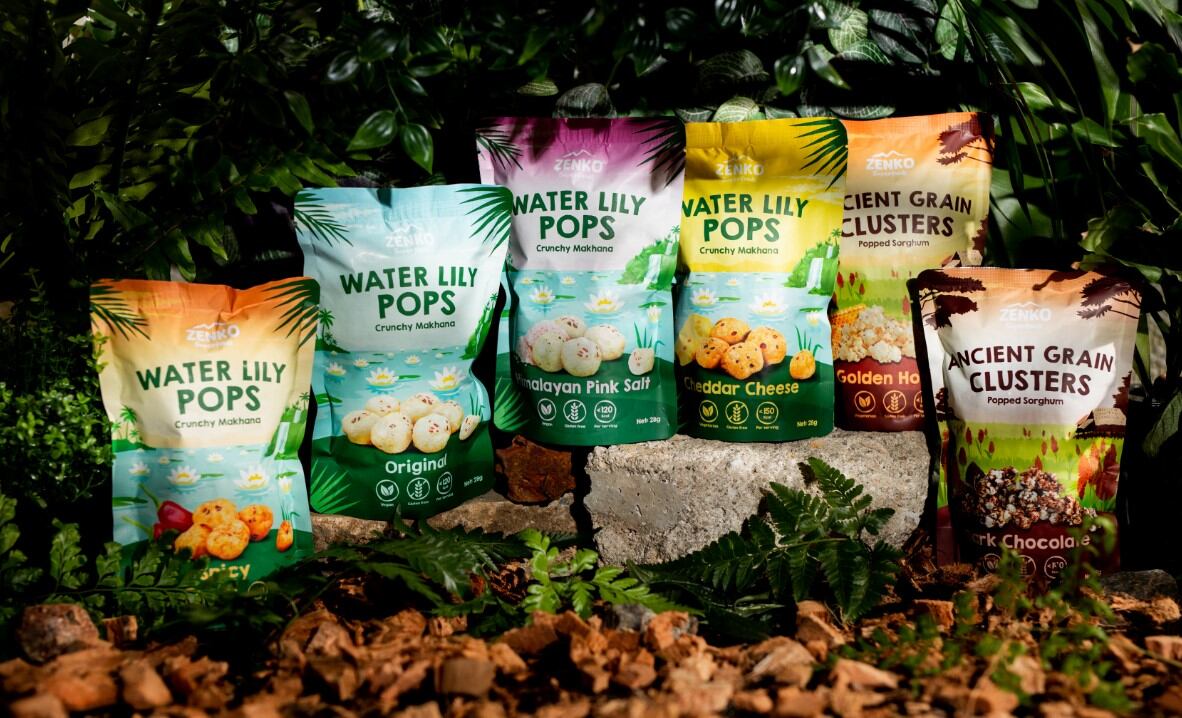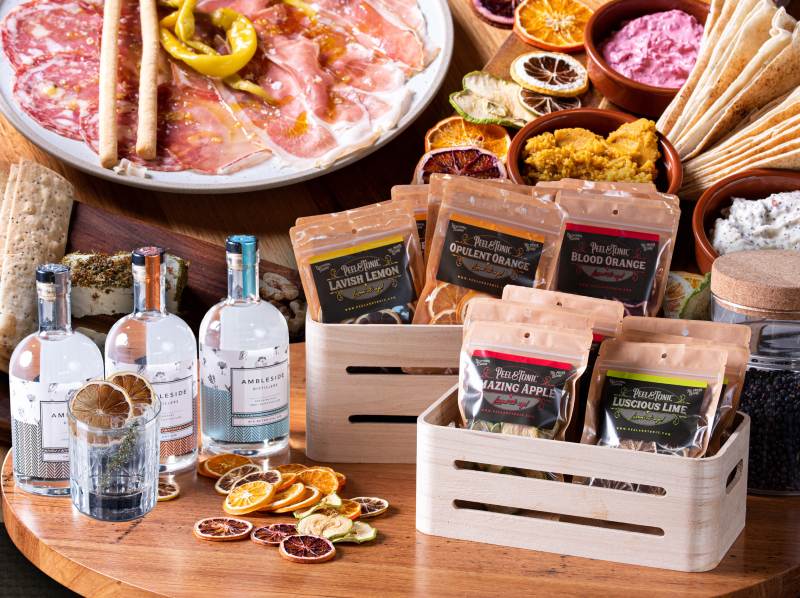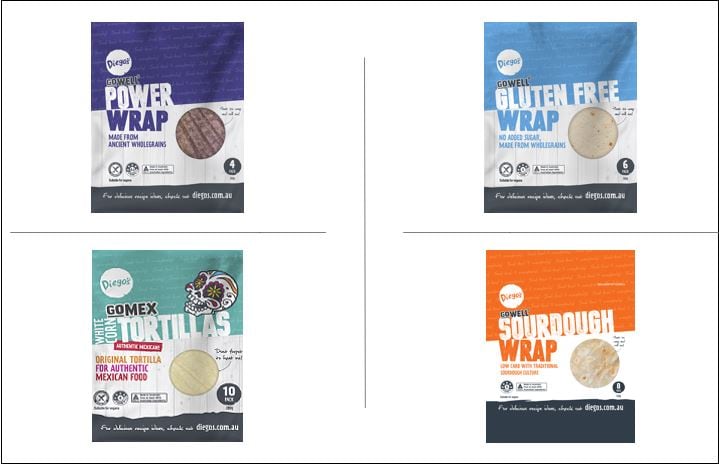Earlier this year, the New Zealand government assigned Commerce Commission New Zealand the task of researching the state of competition in the local supermarket grocery sector, and the commission’s report revealed that competition was not as effective or conducive for consumers as it could be.
“The retail grocery sector can best be described as a duopoly with a fringe of other competitors – [at prestnt], the grocery market is dominated by Foodstuffs and Woolworths NZ’s (Countdown’s) supermarket chains,” the commission said via the report.
“Competition tends to be weak in a duopoly, unless it is easy for rivals to enter and/or expand to a scale to directly compete with the duopolists [but] this does not appear to be the case here [and both stores] choose strategies that limit competing directly with each other, particularly on price. For example, each supermarket banner targets a different section of the consumer population.”
The local food and grocery industry, represented by the New Zealand Food and Grocery Council (NZFGC), stated its support for the commission’s findings as well as an overhaul of the current system and the establishment of a New Zealand Grocery Code of Conduct.
“[The report] accurately reflects the reality faced by many suppliers of food and grocery products to the two supermarket chains around the imbalance of power in negotiations on issues such as price, promotions, and discounts,” NZFGC Chief Executive Katherine Rich told FoodNavigator-Asia.
“[Over-reliance] on just two major retailers has allowed the retailers to push excess costs, risks, and uncertainty onto suppliers, with fears of delisting if they do not agree to their terms – [this is a big problem] in the market, and consumers would get better prices, wider ranges, and better quality if there was increased competition.
“Everyone would benefit from a flourishing food industry where suppliers have a genuine chance to negotiate and receive fair terms, and which ultimately benefits consumers.”
Other findings from the commission’s report include profits for the retailers that were ‘consistently and materially what [would be expected] in a workable competitive market’, which included returns of over 20% for both major retailers, several times higher than capital costs. It also claimed that current grocery prices in New Zealand are higher than they should be in comparison with other countries in the region, and the duopoly situation is stifling product innovation locally.
Foodstuffs fights back
Unsurprisingly, the retailers themselves are not in agreement with all of the commission’s findings, with Foodstuffs especially being quick to defend its ‘actual returns’.
“[Our] actual returns are less than half of that calculated by the Commission at approximately 9% to 12%, compared with the Commission’s figure of close to 24%, [which is] below the average of the Commission’s international sample of grocery retailers,” Foodstuffs North Island told FoodNavigator-Asia via a statement.
“[The] draft report omitted more than NZ$2bn in retail land and – [When added], the correct calculation is between 9% to 12% which is normal compared to the Commissions international comparator set.
“For every dollar a consumer spends at one of our supermarkets, 68 cents goes to our suppliers, 13 cents is GST, 15 cents pays for wages and costs and just four cents is our profit after tax. We are working every day to ensure better value for customers within [the] 19 cents that we are responsible for (wages, costs, profit after tax).”
Foodstuffs North Island Chief Executive Chris Quin added that New Zealand grocery prices are in fact ‘fair’ by international standards.
“We rank 21st in the OECD using Purchasing Power Parity (PPP) comparison. In addition, the largest component of shelf prices is the supplier cost (68c in $1), and we are facing a record number of cost increases from our suppliers,” he said.
“[As for product innovation], last year we added approximately 9,000 new innovations and products onto store shelves - Innovation to benefit our consumers is critical for us [and] we’re investing over NZ$50mn (US$33.9mn) this year alone into innovation to deliver that.”
Foodstuffs also stressed that it was emphasising a local focus to support domestic food firms when seeking this innvovation.
“As a 100% kiwi owned co-operative, we proudly support local suppliers. For example, in our recent frozen food category review there were 133 successful suppliers in the frozen range review, and 93% of the suppliers manufacture in NZ, or are NZ owned businesses,” said the retailer.
Interestingly, Foodstuffs is also refuting the presence of a duopoly in the national supermarket system, claiming that ‘competition is strong’ despite the Commerce Commission’s findings.
“Competition is strong and this can be observed from a range of different metrics. In particular, the recent arrival of Costco and Circle K in the New Zealand market shows that competition in the retail grocery sector is working,” said Quin.
“Also, consumer behaviour has changed. The days of a main weekly shop are gone. Supermarkets don’t just compete with supermarkets; we compete with a full range of retailers for all shopping missions.
“[We are in fact] constrained by existing competitors for the many missions that consumers choose to shop, in addition to the direct national competition we face from Woolworths. We frequently see new entry with respect to all different missions - This entry constrains our prices, and keeps us on our toes with innovation, and with our quality, range and service.
“For example, Supie developed an online main shop offering in 18 months, and Costco, Circle K and the new Geezy Go are material entrants, both with very different business models to ours.”
This is far from sufficient to satisfy the commission, which is continuing its market study; or the local food and grocery industry though.
“There is no doubt that New Zealand has amongst the most highly concentrated supermarket ownership in the world as over 95% is controlled by just two retailers, which is a high level of dominance,” said Rich.
“[More competition] would benefit consumers, and we are supportive of all new entrants into the market, whether this be Costco, Aldi or any online providers.”
Vows to do better
That said, the retailer has also vowed to put reforms in place to improve the current situation and ‘do better’ for local consumers.
“We accept the clear challenge to do better for New Zealand consumers and we and all of our stores are committed to making changes that improve outcomes for customers - meaningful change will happen faster as a result of this report,” Quin said via a separate statement.
“[We have set out a comprehensive action plan] that we believe will collectively drive better outcomes for customers and improve the competitive landscape.
“Our offer of reform is a genuine one and we have made it at the earliest possible stage to support the Government and the Commerce Commission process."
Within the retailer’s action plan, it has made three core commitments to reform: Improving value for consumers, developing a grocery code for the industry, and improving the competition landscape.
“[For consumers, we will] deliver value by improving their ability to make informed shopping decisions via simplifying pricing and promotional practices [and] committing to a consistent use of unit pricing,” said Foodstuffs.
“[We will also work with] suppliers and the Government to develop a consumer focused grocery code for the industry to guide dealings with suppliers and protect their freedom to support other retailers; [as well as] encourage competition and address barriers for new entry and expansion.”





